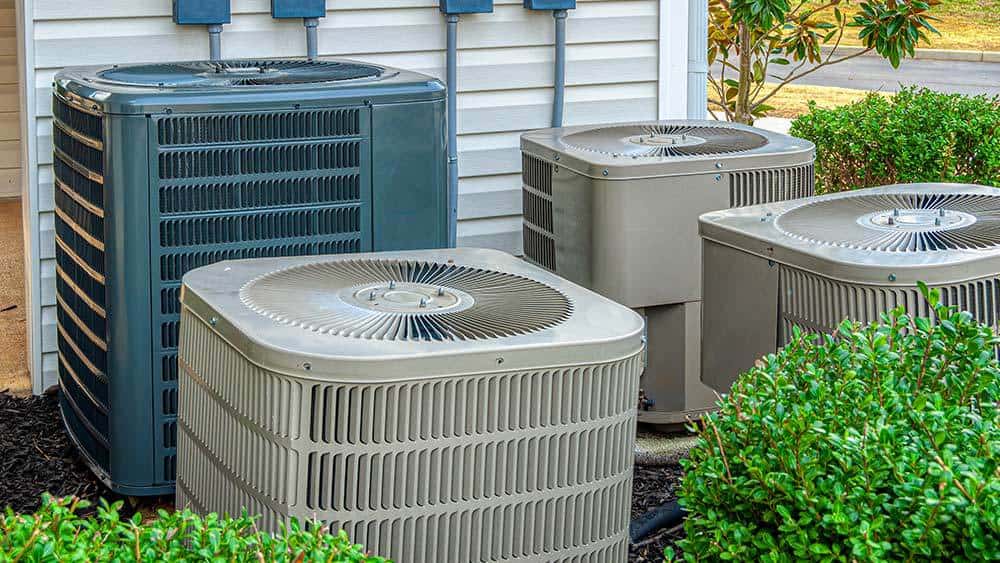The Components That Make Up A Modern HVAC System

HVAC (Heating, Ventilation and Air Conditioning) systems are all-in-one home environmental control networks. They work thanks to a complex network of interconnected components. Although not all HVAC systems use the exact same components, they do typically contain variations on a standard set. Here is a very brief guide to the components of a typical HVAC system.
Heat Exchanger
Heat exchangers are chambers that contain stainless steel heating and cooling elements or liquid containing tubes. Hot or cold air is passed over these elements, which absorb heat or imbue heat into the air passing over them. Heat exchangers are one of the most important components of any HVAC system. Some more modern systems use ground heat storage to efficiently exchange heat.
Combustion Chamber
In order to heat up cool air on a large scale, combustion usually needs to take place. This is usually some form of gas combustion. In a combustion chamber, oxygen is pumped into a small space, which enables efficient burning to take place. Older systems use a pilot light to ignite gas, whereas newer systems use a glow tube. Pilot lights are less efficient and slightly more dangerous in comparison to glow tubes. They release carbon monoxide when they go out, which can pose a danger to humans. Glow tubes are powered by electricity and release no toxic gasses of any sort.
Blower Motor
After heat has been exchanged adequately, the air that is at the desired temperature is blown through ducts using a blower motor. Blower motors are relatively simple devices, but they are one of the most common areas that need to be repaired in an HVAC system due to their moving parts. Companies like Kaiser Air Conditioning in Southern California regularly receive callouts related to broken blower motors.
Compressor
Compressors are a key component involved in the movement of refrigerant from one area of a HVAC to another. Compressors ‘squeeze’ cool, low temperature refrigerant into high pressure hot refrigerant. This can then be moved around components to facilitate heat transfer.
Evaporator Coil
Evaporated refrigerant is far more efficient at absorbing heat than liquid refrigerant. For this reason, most HVAC systems continuously pass refrigerant over an evaporator coil. Evaporator coils are essential components in modern HVAC systems. As the blower motor moves hot air over the evaporator coil, the heat in the air is absorbed by evaporated refrigerant.
Thermostat
The thermostat contains both the sensor equipment and the controls in an HVAC system. Thermostat units can be connected via wires to the rest of the system, but they are usually connected wirelessly in modern units. Using temperature sensors, a thermostat sends information to the rest of the system that enables it to automatically adjust temperatures depending upon environmental conditions. Homeowners can also manually control the operation of an HVAC system via their thermostats. Thermostats are best placed in rooms that represent the average environmental temperature of a house so that they can send accurate information to the HVAC system.





